My, how things have changed! 13 years ago when I had my first baby, I stocked up on all the baby standards for the bathroom cabinet.
You know: the best (cheap) baby ointment a girl could find, baby shampoo, baby lotion, and don’t forget the lanolin nipple cream.
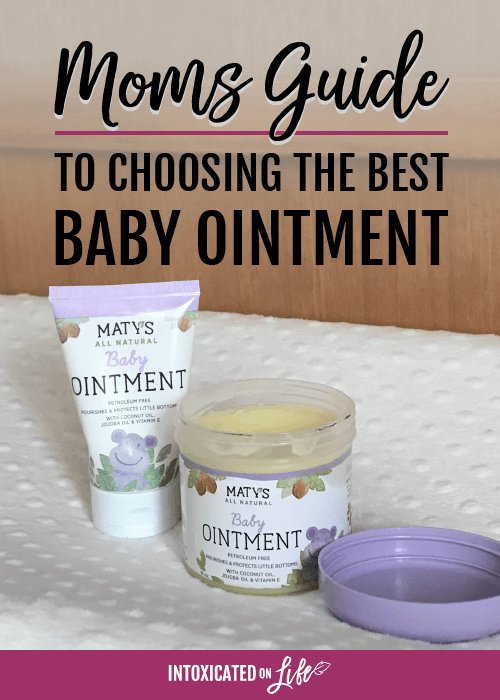
Fast forward 13 years, and I’m happy to say I’ve learned a thing or two (even if some of my friends think I’ve turned a little hippy dippy in the process). But just because I did things like wait a week after birth to give my baby his first bath doesn’t mean I’m coo coo (no really…there’s a good reason for that, you can read about it here).
Special thanks to Maty’s Healthy Products for sponsoring this post.
Why you should care about what you put on baby’s skin…
Once upon a time, I didn’t read labels of things like baby ointment and baby lotion. If it was marketed for babies, it must be safe, right?
I didn’t know any better then. But now I do. And when you know better, you can do better!
So that’s what I’m doing for our new little bundle of joy.
1. Some of what you put on your baby’s skin gets absorbed into the body.
How much of what you put on your skin actually gets absorbed? There are all sorts of different percentages floating around out there. Unfortunately, it’s not as easy as saying X% of whatever you put on your skin gets absorbed.
The fact is: different molecules absorb differently—some are able to absorb more easily than others.
That said, at least a little bit of what you’re putting on your skin will be absorbed (and in some cases, a lot).
2. What you put on your babies skin can not only protect it, but also nourish it!
Why be happy with putting a baby ointment on that will simply protect it, or act as a barrier, when you can nourish your baby’s skin?!
Let’s do a head-to-head comparison of 2 different baby ointments and chat about the ingredients found in each one.
Conventional Baby Ointment
With my first born, the most common baby ointment you’d find in my diaper bag was an off-brand version of A & D Ointment. For the purpose of this article, let’s check out the ingredients in A&D ointment.
Active Ingredients
15.5% Lanolin
Lanolin is found on sheeps wool. It’s what keeps the animal nice and waterproof when left out in the elements. After a sheep is shorn, the lanolin is extracted. There really isn’t anything wrong with lanolin in and of itself.
Where the problem lies is that in recent years, farmers have begun using more pesticides on sheep and the crops the sheep may be in direct contact with. The Journal of Agricultural and Food Chemistry published a study in 1992 where they reported several lanolin samples tested contained several types of pesticide residues.
The biggest problem with this is that those traces of pesticides left behind can give people allergic reactions. But if purified correctly, lanolin should not be a problem.
53.4% Petrolatum
By far the most abundant ingredient in this type of baby ointment is petrolatum (a.k.a., petroleum jelly).
One of the primary concerns with petrolatum is contamination, specifically something called polycyclic aromatic hydrocarbons (whew, that’s a mouthful…we’ll just call them PAHs for short from now on). PAHs can be carcinogenic. Definitely not something I’d be wanting to slather on my baby!
On another (less alarming) note, petrolatum is what’s considered an occlusive barrier. That means, it acts as a barrier by locking moisture in (and anything else on your skin like bacteria), but it doesn’t allow for moisture to be absorbed.
A study published in 2000 in Pediatrics found when low birth weight babies were treated with petroleum jelly, they were more likely to develop candida (a fungus) infections. The petroleum created a nice warm, moist place for the fungus to grow and didn’t allow for moisture exchange.
So why use petroleum jelly anyhow? It comes down to the money (doesn’t it always?). Petroleum is cheap, abundant, and easy to use in the lab.
Inactive Ingredients
Fragrance
Always be a bit leary when you see the word “fragrance” on your ingredient list. You never can tell what exactly is in your product when manufacturers slaps that ominous ingredient on the label.
Fragrances are considered trade secrets by the Food and Drug Administration (FDA), so manufacturers aren’t required to disclose what they’re using. The FDA defines fragrance as a combination of chemicals that give a distinct scent.
It’s anyones guess what the “fragrance” is that’s in your baby product—it could be petroleum, phthalates, solvents, chemical stabilizers, or some other chemical.
Light Mineral Oil
Mineral oil is a cheap byproduct of petroleum processing.
Like petroleum it acts as a barrier inhibiting moisture exchange and keeps bacteria and other nasties close to your skin.
And also like petroleum, one of the primary concerns is the contamination with carcinogenic ingredients.
There’s also a few more benign ingredients in this type of baby ointment listed below.
Cod liver oil
Microcrystalline Wax
Paraffin
Natural Baby Ointment
There are several natural baby ointments available on the market, but my personal favorite and the one I’ll use for the purpose of this post is Maty’s All Natural Baby Ointment.
Jojoba oil
Jojoba oil is a pretty unique oil. It is actually very similar to the oily substance (sebum) the glands in our skin excrete. This makes it an ideal ingredient in baby ointment and moisturizer.
Coconut Oil
Coconut oil is definitely one of my favorite oils (not just for the skin, but in the kitchen too). Not only is it super nourishing, but it’s also antimicrobial. That means, it won’t lock in the germs, but will fight them and inhibit their growth.
Vitamin E
Vitamin E is a known antioxidant (and a natural preservative).
Castor Oil
Castor oil has all sorts of benefits for the skin—it’s cleansing, antimicrobial, and rich in fatty acids that readily absorb into the skin.
Other healthy ingredients include olive oil and sunflower wax.
What to look for in baby ointment…
When you look for a baby ointment, you want to look for ingredients that you could essentially put in your mouth and eat (not saying that you will because even if you can it would probably taste nasty).
Using a baby ointment with all natural ingredients will not only help you avoid contaminants, but also nourish your baby’s skin.
Maty’s All Natural Baby Ointment isn’t just great for on our little guys bum after diaper changes, but I’ve also used it for…
- An all-over moisturizer on baby, especially in those first couple weeks when his skin was super dry.
- I’ve found it makes a fantastic base for making therapeutic balms by adding essential oils (Matys is fragrance free—whoop!).
- I’ve found myself grabbing it frequently (because it’s convenient and works well) for a lip balm during these dry winter months. Yes, I’m that confident that these ingredients are non-toxic, I even put it on my lips.
- And it makes a great nourishing nipple cream.

In addition to their baby ointment, their baby chest rub is pretty awesome. It’s petroleum-free and menthol-free and packed with nourishing, all-natural ingredients. My 13-year-old son used the chest rub recently and it really helped clear congestion and allowed him to sleep a little easier.
What are your all-natural baby must-haves?



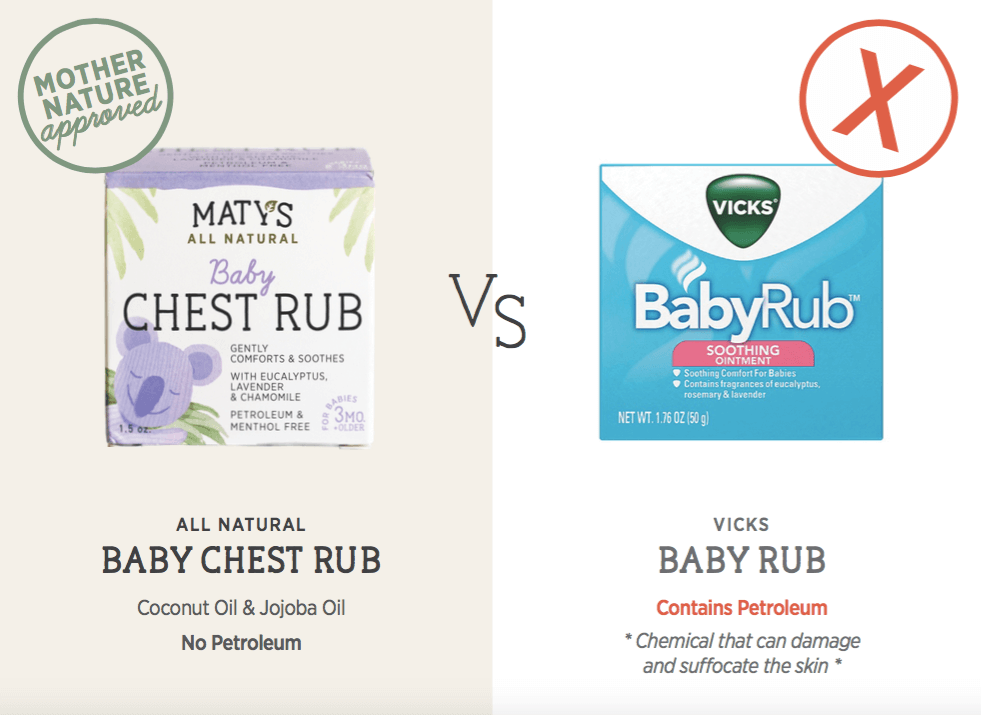
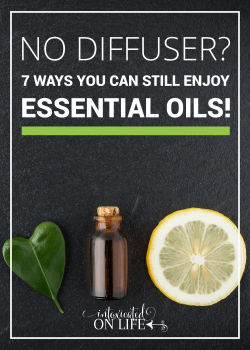
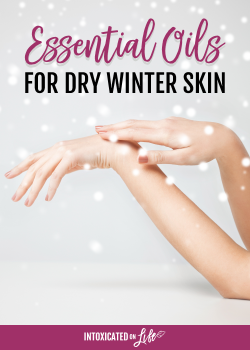
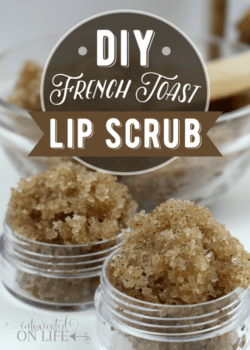
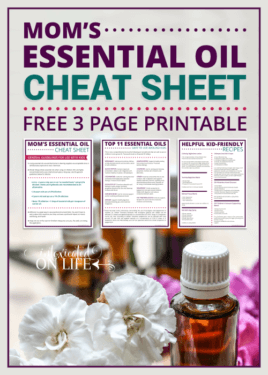
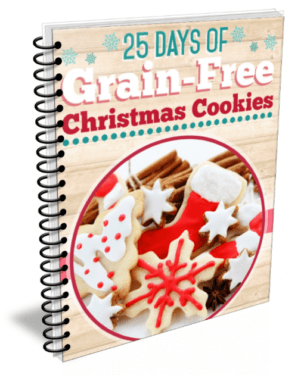
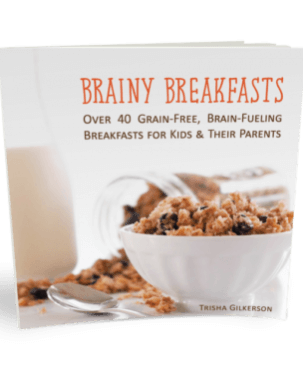
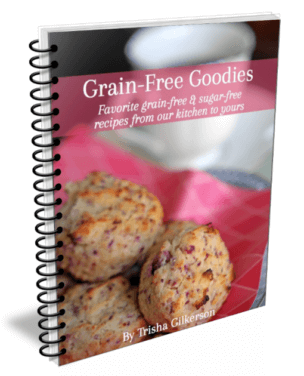
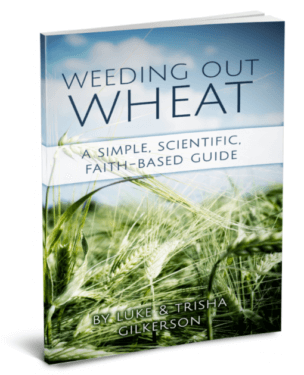

Leave a Comment